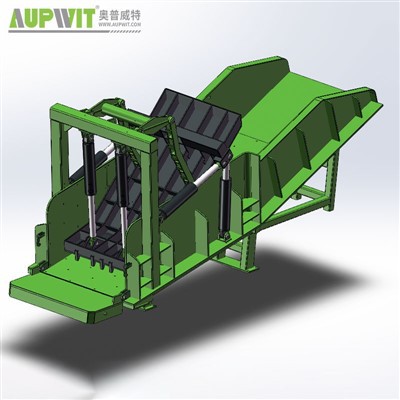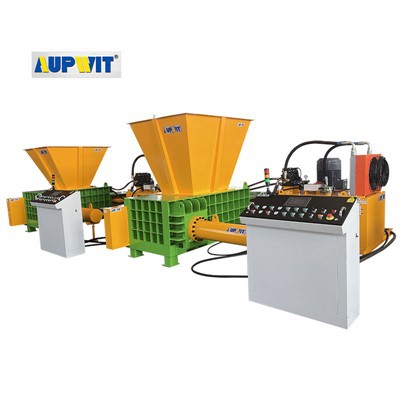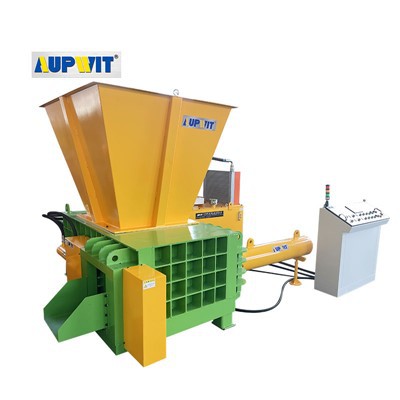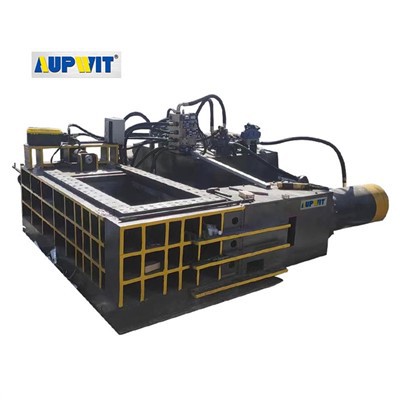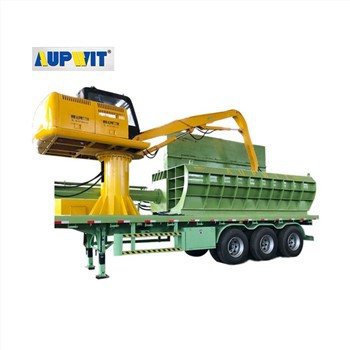Secure Packing Procedures
Ensuring secure packing with an automatic baler machine requires a systematic approach that combines proper equipment configuration, careful material handling, and consistent operational practices. The foundation of secure packing lies in configuring the machine to match the specific characteristics of the materials being processed.
Configuration Guidelines
- Adjusting compression settings to suit material density and flexibility ensures bales are firm enough to maintain shape during handling without causing excessive stress that could lead to breakage.
- Proper alignment of binding mechanisms, whether using straps or wires, guarantees that fastenings are applied evenly across bale surfaces.
Material preparation is equally critical for secure results. Removing sharp objects or irregularly shaped debris from the material stream prevents punctures or tears in bales. Ensuring materials are evenly distributed before compression avoids uneven density, which can create weak points prone to splitting.
Implementing effective feeding systems that maintain a steady flow of material into the baler prevents overloading, which often results in poorly formed bales that fail under pressure.
Adhering to standardized operating procedures minimizes packing inconsistencies. Training operators to monitor bale formation in real time allows for immediate adjustments if irregularities appear.
Establishing clear protocols for starting and stopping the machine prevents abrupt movements that can disrupt compression cycles. Ensuring all safety guards and sensors are functioning properly not only protects operators but also maintains consistent machine performance, which is essential for reliable packing.
Regular maintenance of the baler machine preserves its ability to produce secure bales. Keeping compression plates and binding tools clean prevents residue buildup that can interfere with proper operation.
Lubricating moving parts ensures smooth mechanical action, which translates to more uniform compression. Inspecting and replacing worn binding components, such as rollers or guides, maintains consistent tension in fastenings, a key factor in bale security.
Finally, implementing post-packing checks verifies the effectiveness of packing processes. Visually inspecting finished bales for proper shape, secure bindings, and uniform density identifies potential issues before they reach storage or transportation.
Tracking bale performance through handling stages provides feedback to refine machine settings or operational practices, creating a continuous improvement cycle that enhances packing security over time.


